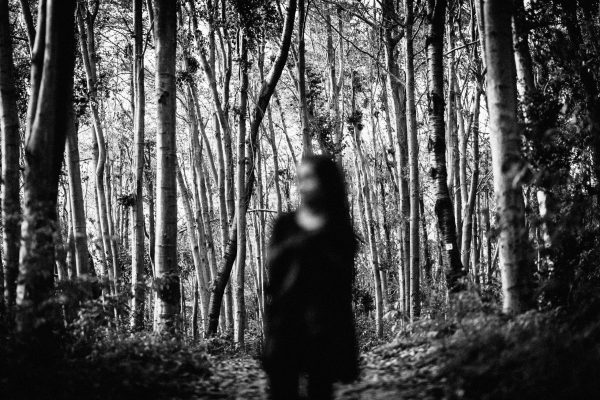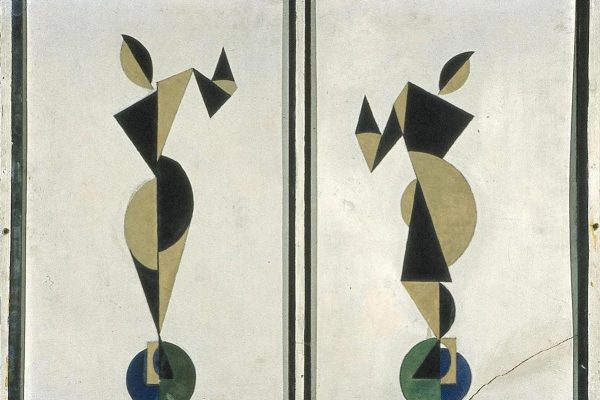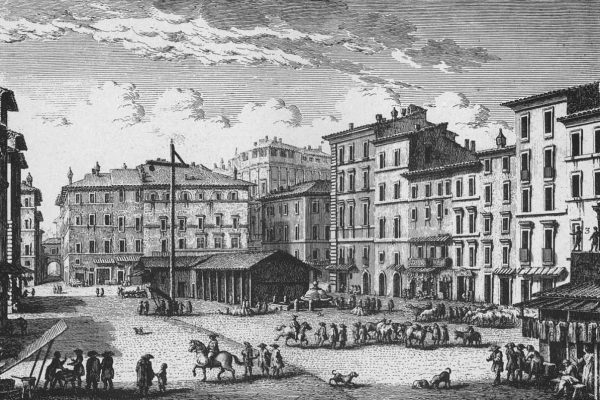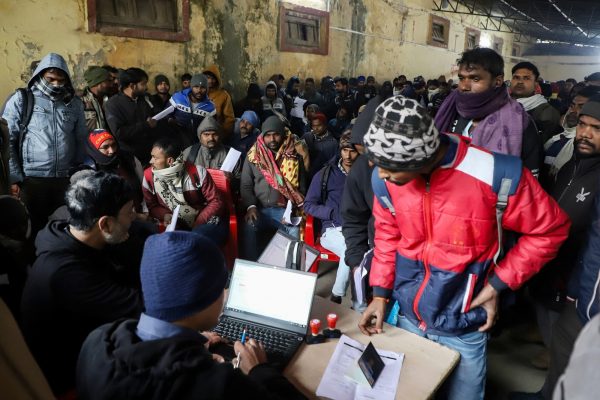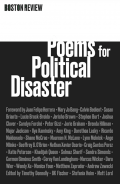In a great abundance of weaponry, I dreamt my great aunt Lillian smoothed my spine and erased my affliction. I became lost and did not want a direction. Her quilt was straight on my bed and seemed to be an ellipsis in which I could not rest. She spoke to me in Yiddish. There was a dim light in the room and my eyes felt swollen. I knew my life would continue. All of my concerns were needless. I carried the quilt outside. An airplane blinked across the sky and I thought about all of the commandments. How could I dream of them? How could I have invented this? I closed my eyes and began to know the stitches were a sign. A trapezoid would mean trouble ahead. Any shape. There is a legacy of nothing to understand, said the quilt in letters. You will build an aqueduct, and you will not be destroyed.
Help Us Stay Paywall-Free
Democracy depends on the free exchange of ideas. Help sustain it with a tax-deductible donation today.
